One of the most common questions parents ask when shopping for a Pikler Triangle is, “Why does it cost so much?” At first glance, it may seem like a simple wooden climbing frame that couldn’t possibly be worth the same as a baby cot. But when you look deeper into the process behind creating a high-quality Pikler Triangle, the price starts to make perfect sense.
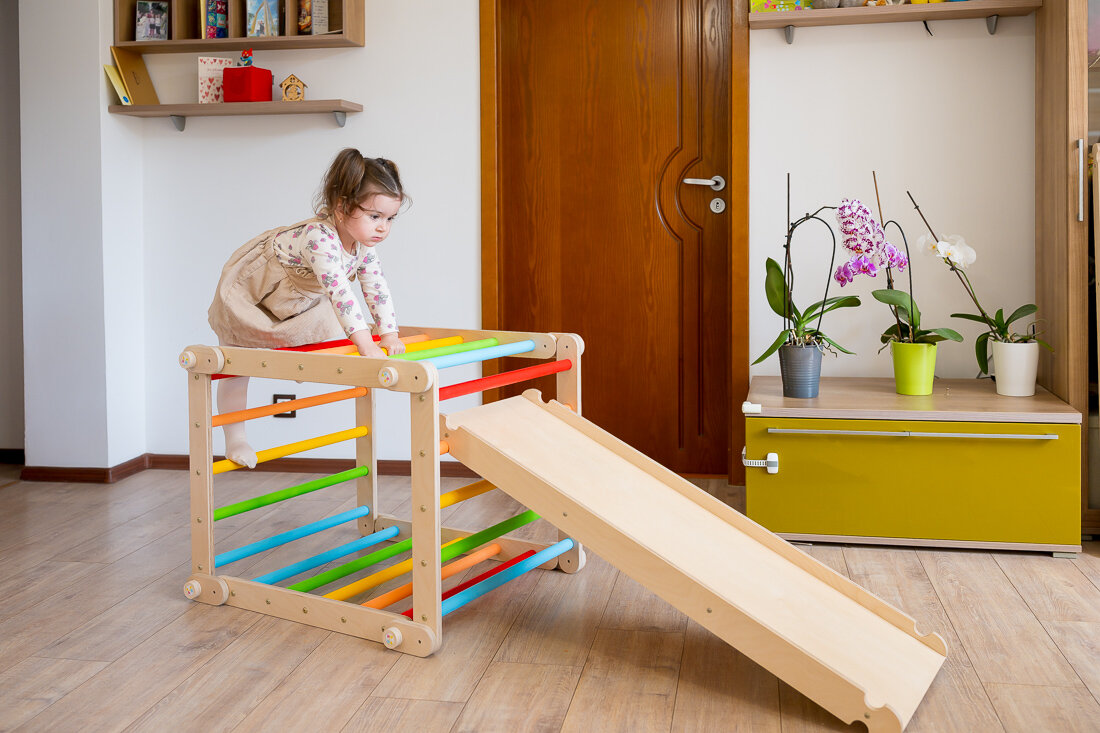
As manufacturers ourselves, we initially wondered the same thing—until we began crafting our own Pikler climbing triangles. Every stage of production showed us that each penny of the cost is justified. Here’s why.
1. Premium Birch Plywood and Solid Wood Materials
Most Pikler Triangles are made from high-grade birch plywood and solid hardwood dowels. These aren’t cheap materials. The cost of quality wood has increased dramatically due to global supply chain challenges and limited sources.
Birch plywood, the main component of a Pikler Triangle, is mostly produced in Ukraine, Russia, and Belarus. That makes it harder to source and is subject to high price fluctuations. Even factories in other regions often use birch from the same countries, which means the cost remains high everywhere.
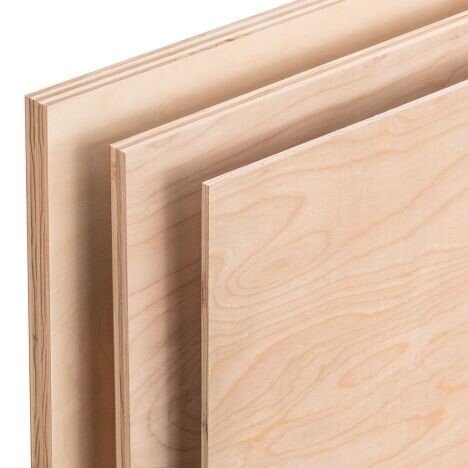
The solid wooden rods—the parts little hands and feet touch—are made from dense hardwood. This type of wood ensures strength, smoothness, and safety, but it also raises both material and shipping costs.
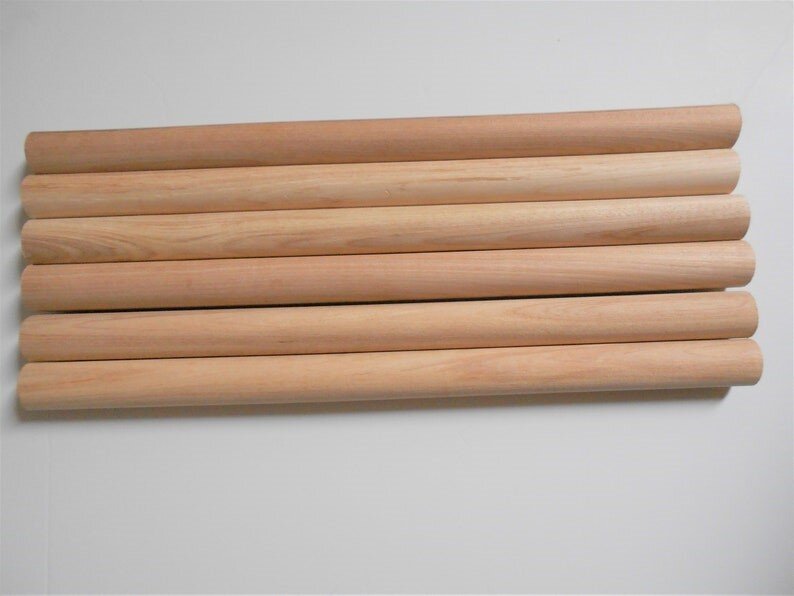
2. Time-Intensive Wood Finishing
Perhaps the most labour-intensive stage of production is the careful sanding, priming, and finishing of every wooden piece. Each dowel—yes, every single one—goes through multiple manual steps:
- Initial sanding
- Priming
- Second sanding
- First coat of water-based varnish
- Second coat of varnish
This repetitive process ensures an ultra-smooth surface so your child’s tiny hands and feet can grip comfortably and safely.
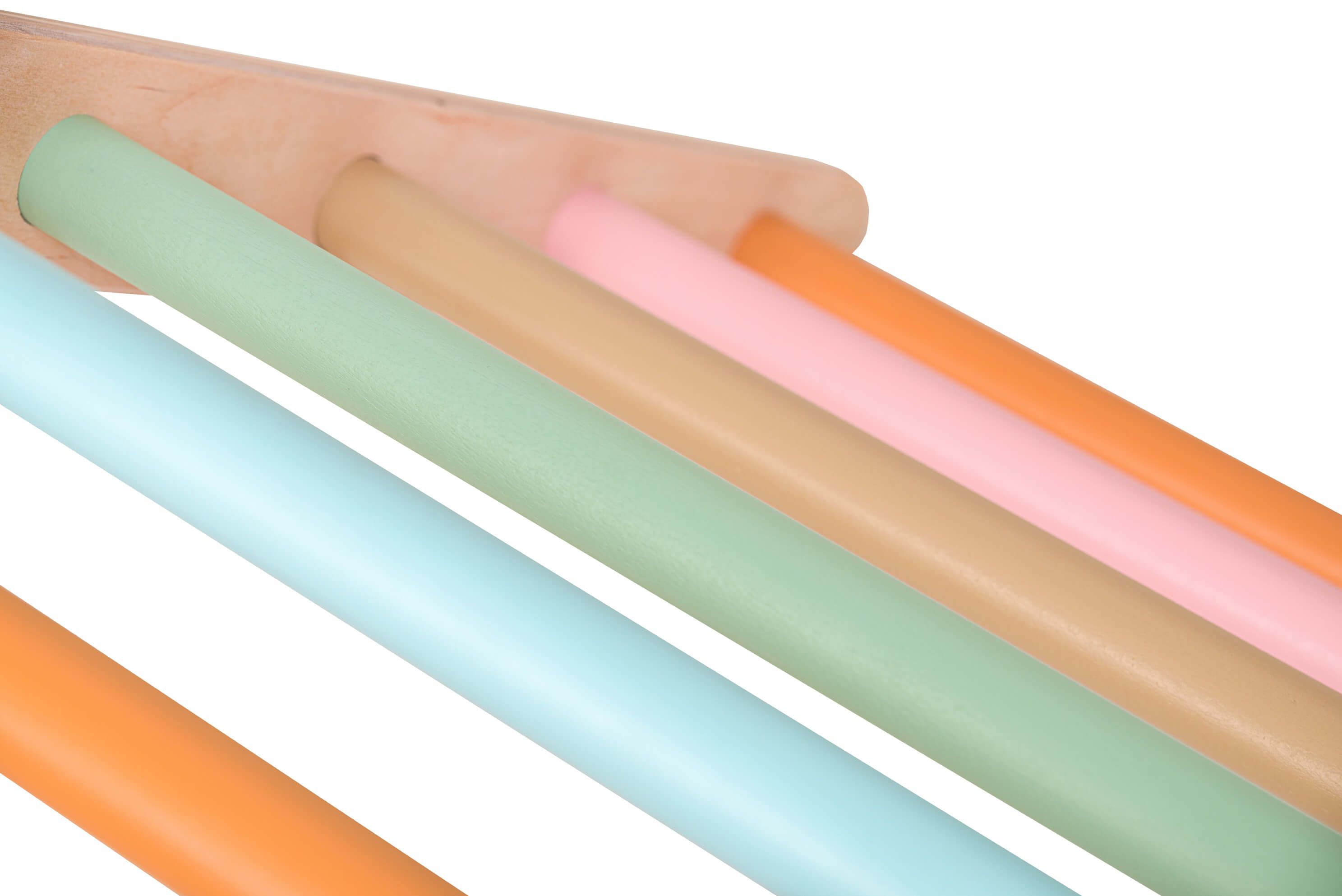
All other wooden parts of the climbing triangle are also coated with child-safe, water-based varnishes. Achieving a perfect protective finish requires at least two coats of varnish and intermediate sanding between them.
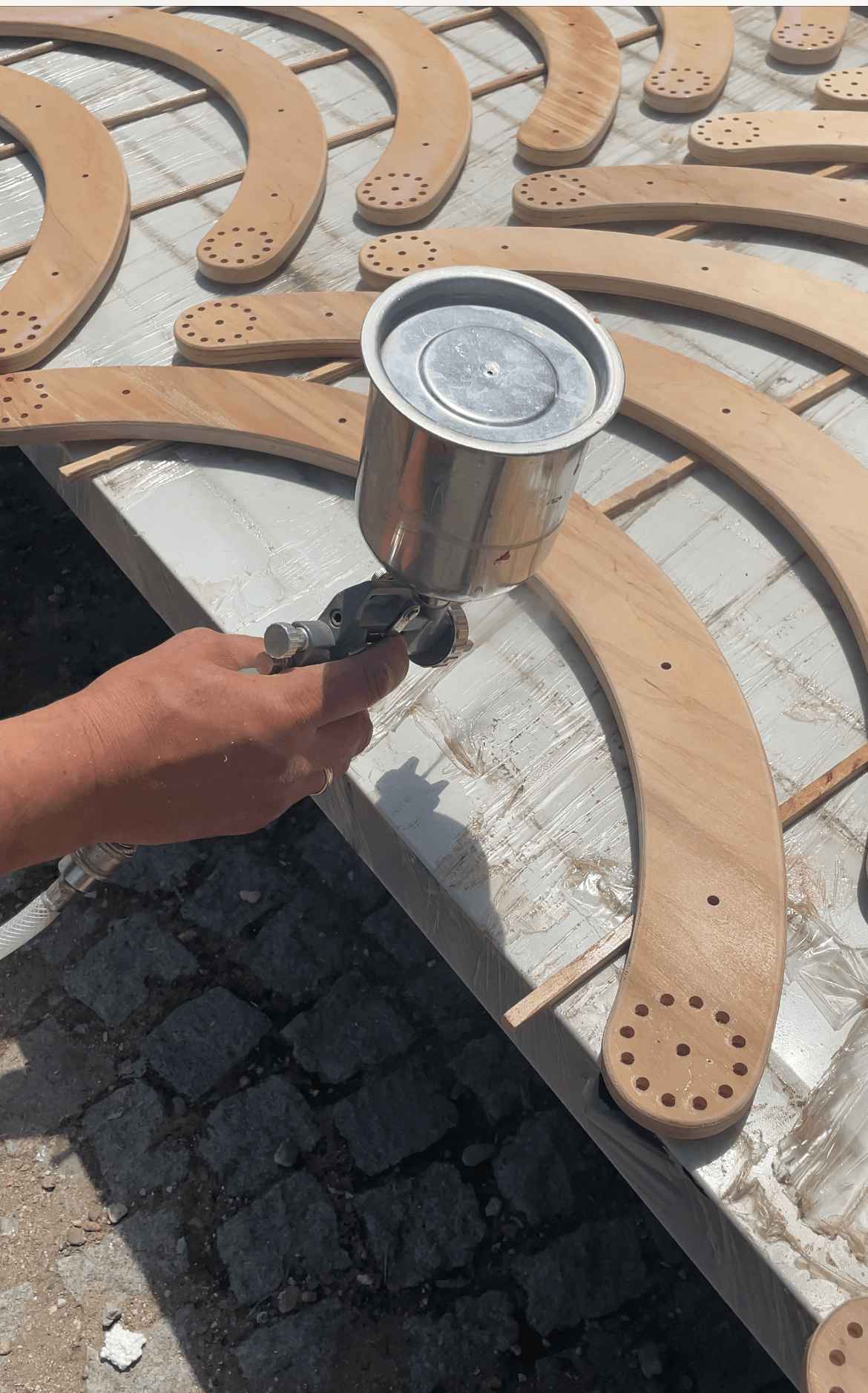
Skipping this stage may save time and money, but it significantly shortens the product’s lifespan and compromises its hygiene. Without varnish, even a small oily fingerprint from a child’s hand can leave a permanent stain that can only be removed with sanding.
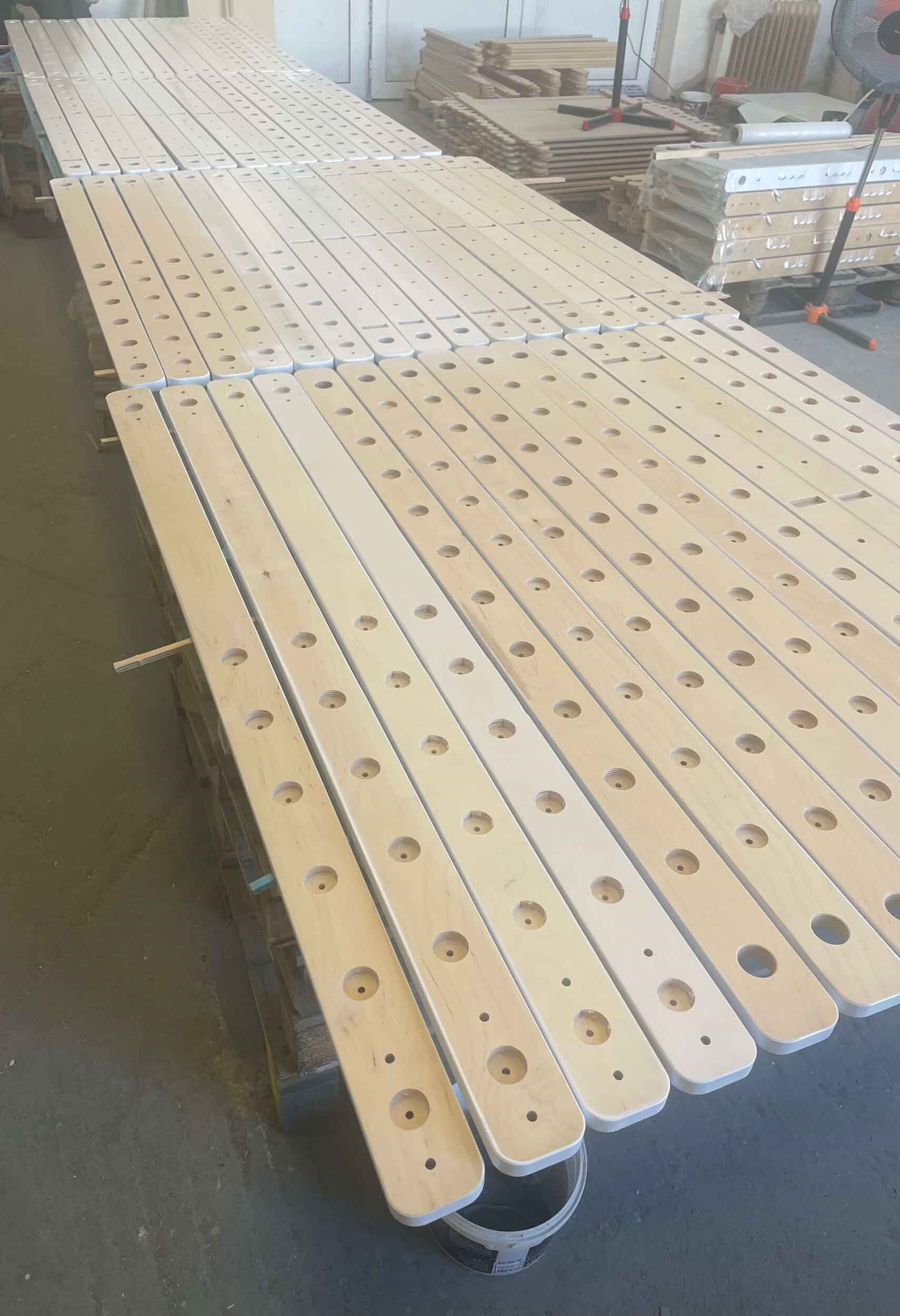
3. Craftsmanship and Production Time
Production time is one of the biggest cost factors. While machines handle some cutting, many processes remain highly detailed and time-consuming.
For example, each Pikler Triangle requires 52 precision-cut holes for the connecting joints—an operation that, even when automated, takes considerable time.
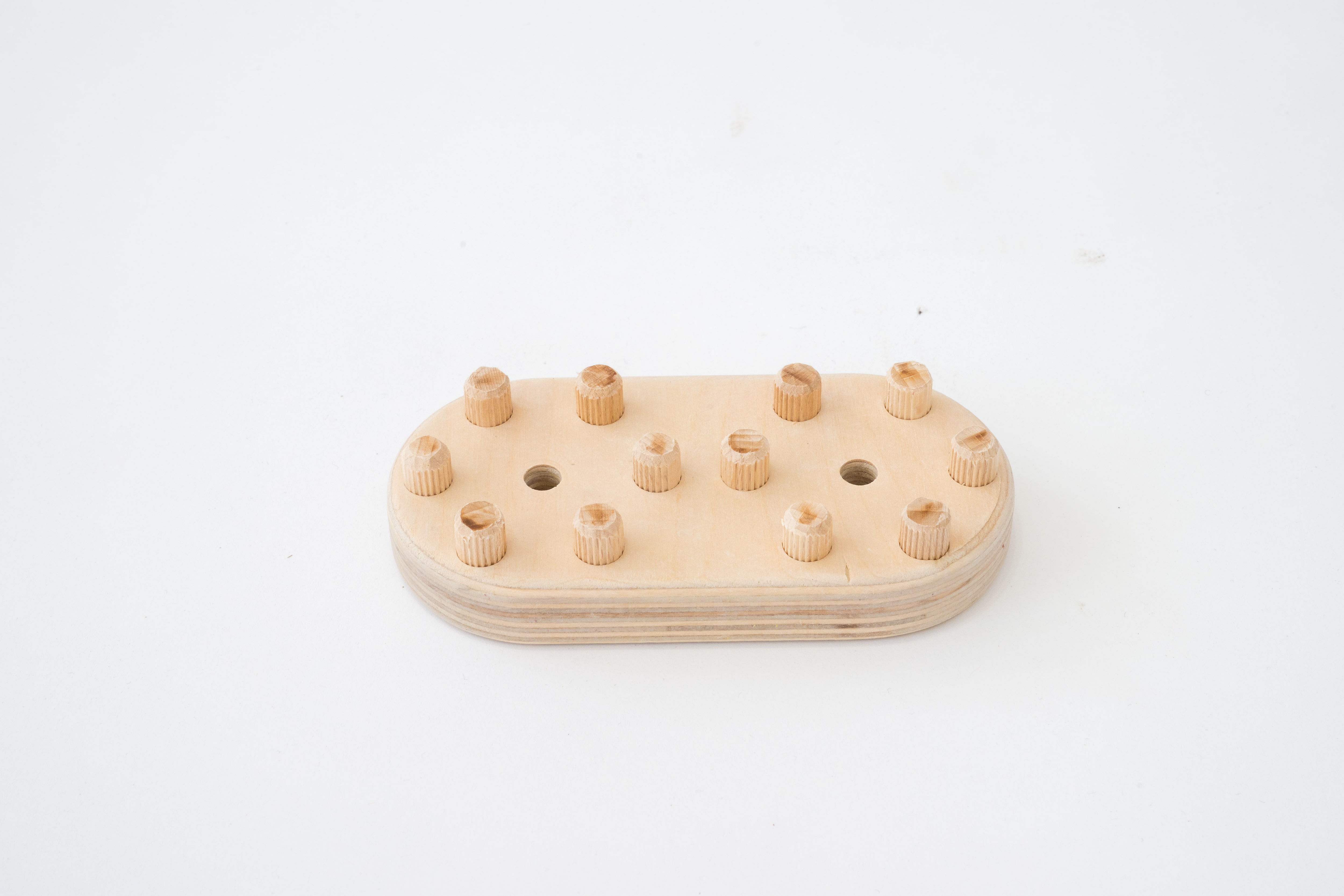
Then comes the manual insertion and gluing of 24 wooden dowels, one by one. The same goes for the handcrafted climbing grips that are attached to the 2-in-1 slide and climbing ramp.
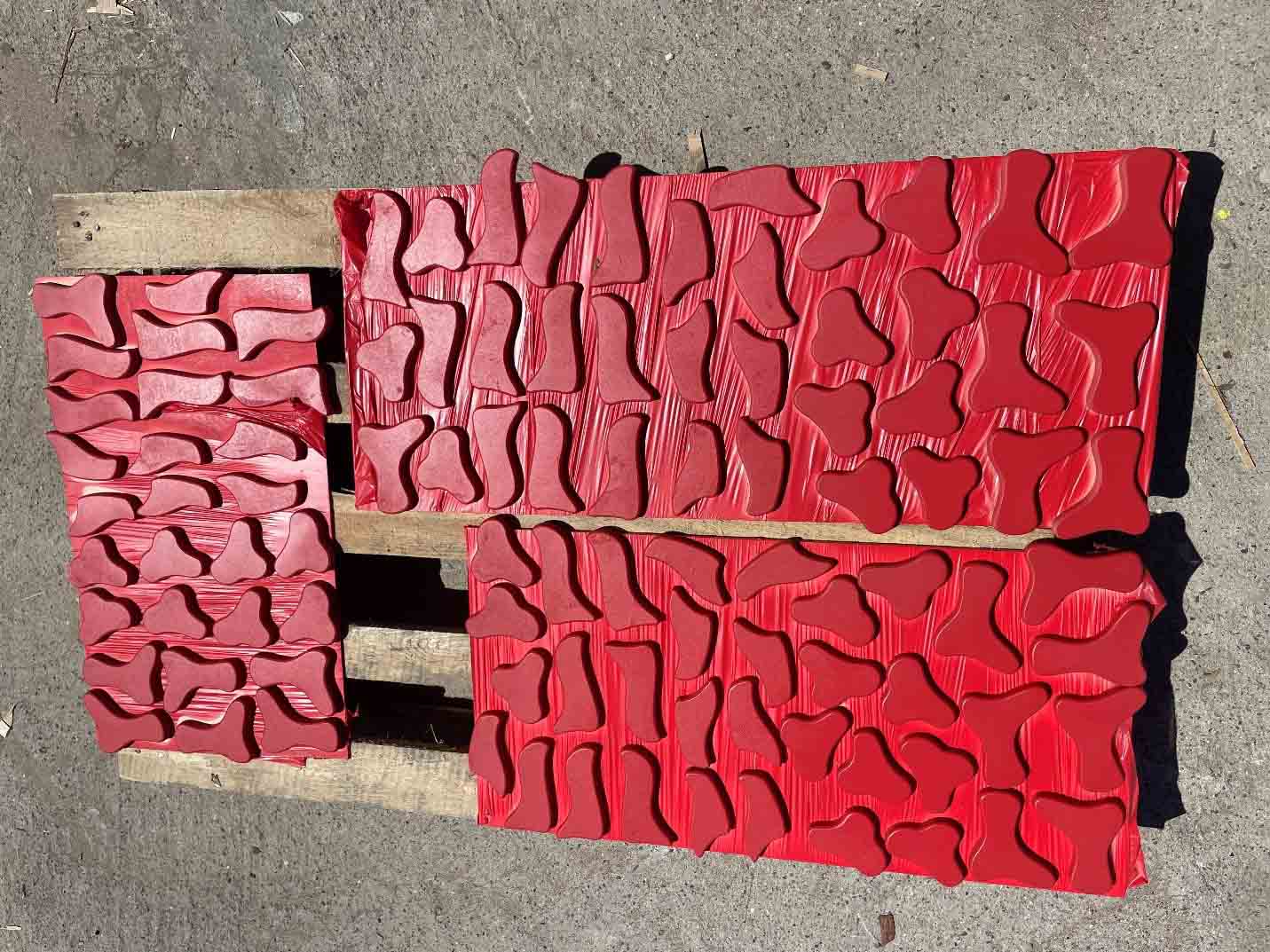
Even the connecting handles used in modular Pikler Triangles are meticulously made to fit perfectly without tools—something that requires skill, precision, and extra labor.
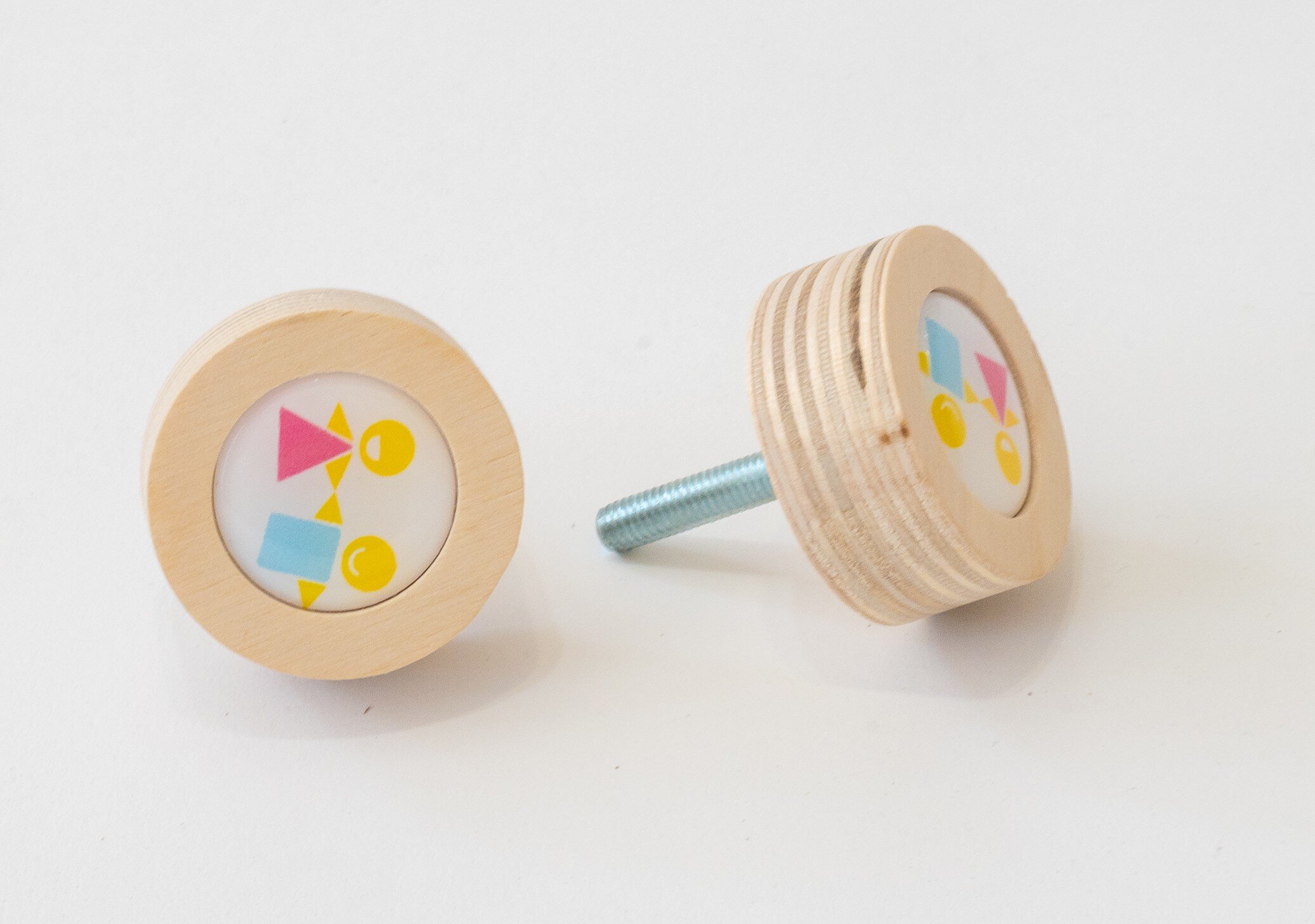
4. Shipping and Transport Costs
Another big reason for the price is shipping. Pikler Triangles are made of solid wood, which is heavy. Delivery costs are calculated by weight, not size, meaning wooden climbing frames are far more expensive to ship than clothes or small toys.
While some sellers advertise “free shipping,” the reality is that the delivery cost is already included in the product price. That’s why a seemingly cheaper product may later surprise you with extra charges or lower material quality.
Final Thoughts: Quality Justifies the Price
The true cost of a Pikler Triangle comes from four main factors:
- High-quality natural materials
- Detailed manual craftsmanship
- Long production time
- Expensive shipping due to weight
Cheaper alternatives often compromise on one or more of these points—using low-grade wood, skipping varnish, or cutting corners in assembly. But remember: your child’s safety and comfort come first. A genuine Pikler Triangle made with care is a long-term investment in your child’s development, balance, and confidence.
When you see the smooth wood, sturdy construction, and thoughtful design of a well-made Pikler Triangle, you’ll know exactly where the value lies.








